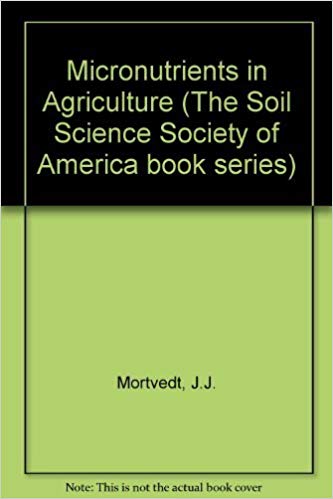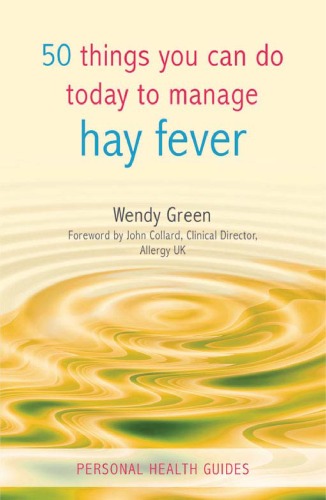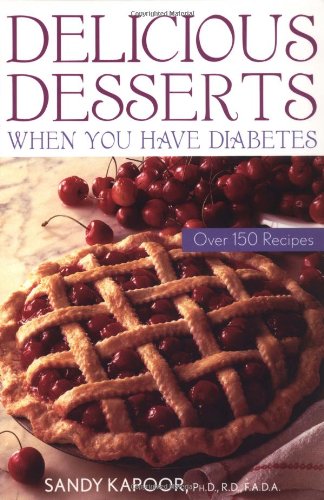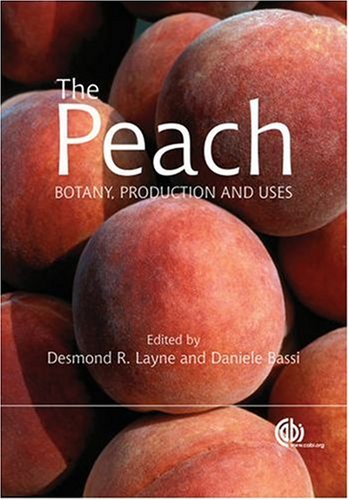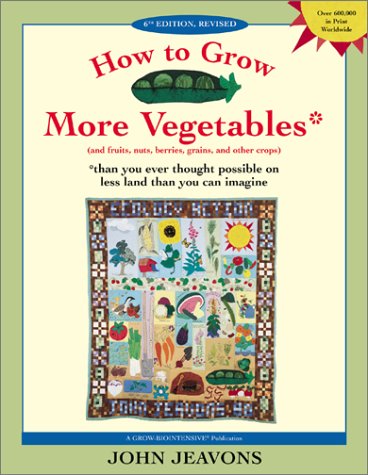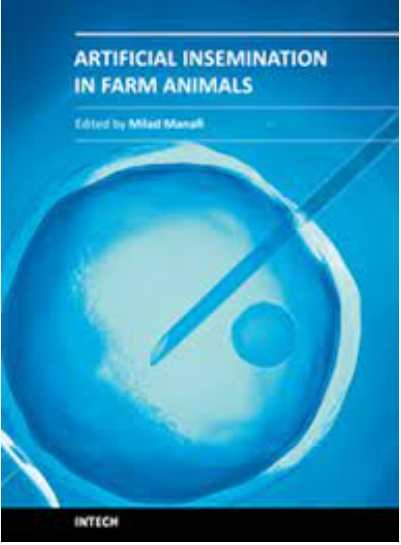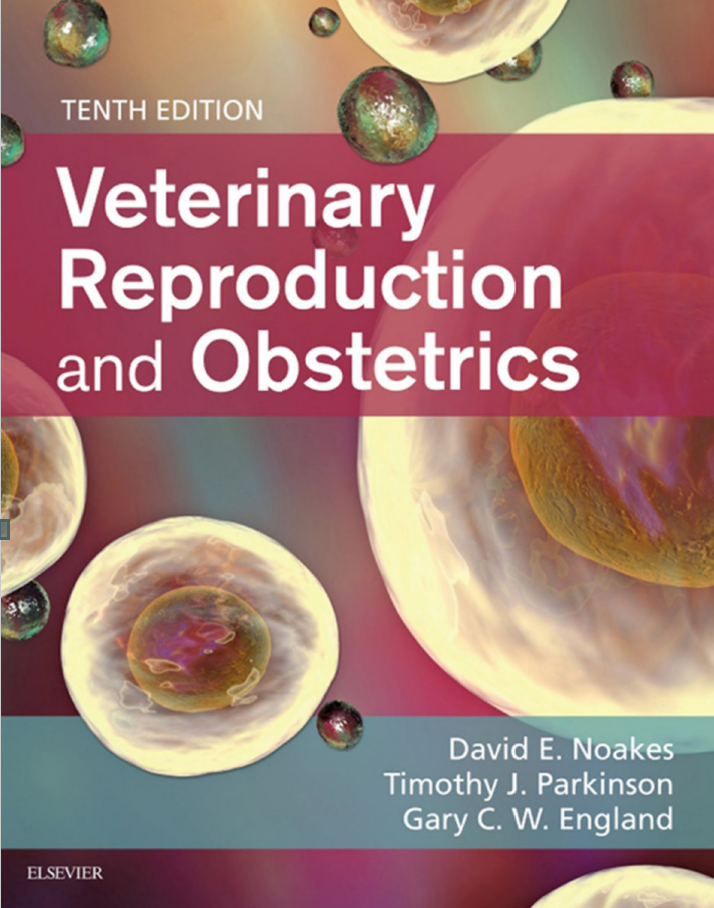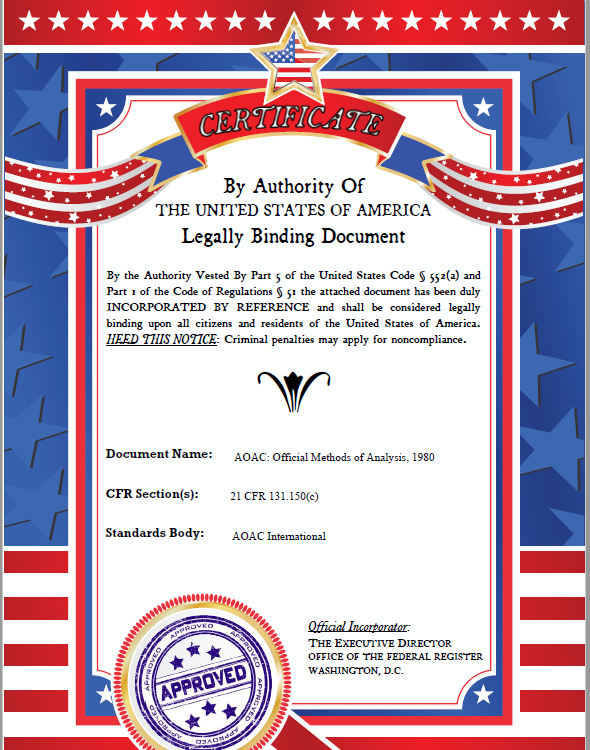The sustenance and well being of humankind are inexorably linked to the stocks
of essential nutrients in the bio-geosphere and their capacity for cycling and manipulation.
Nutrient management is fundamental to agriculture and its ability to minimize
environmental impacts.
The capacity to produce usable plant biomass depends upon the adequacy and
balance of mineral nutrients. Well-managed agricultural ecosystems require knowledge
about native nutrient stocks, the chemical form(s) in which nutrients occur, protocols
for determining nutrient levels in soils and plants, the functions and interactions of
nutrients in plants and animals, the mechanisms of nutrient uptake, sorptiondesorption
and equilibria reactions in soils, diagnosis of nutrient deficiencies in plants
and animals, plant responses to nutrient deficiencies and management, and manipulation
of nutrients through formulations and application technologies.
This publication is an updated and revised version of the first edition of
Micronutrients in Agriculture published in 1972. It includes current thinking and
knowledge on the concepts of mineral essentiality in plants with reference to the beneficial
role or significance of such elements as sodium, nickel, aluminum, lanthanum,
and cerium. Future research agendas are also identified.
ix
Fred P. Miller, president
Soil Science Society of America
In 1971, the Soil Science Society of America and the Tennessee Valley Authority
cosponsored a symposium to review micronutrient problems in soils and in plant
and animal nutrition. The papers were published as the first edition of Micronutrients
in Agriculture by SSSA in 1972. The book has been used throughout the world as
a reference and textbook since that time. It is primarily intended for graduate students
and researchers in agricultural, biological, environmental, and nutritional
sciences interested in the subject matter comprising each chapter who already have
a thorough understanding of biochemistry, physiology, and soil science. However,
it will serve as an excellent up-to-date reference book for everyone interested in the
micronutrients-boron, chlorine, copper, iron, manganese, molybdenum, and zinc.
This book, the second edition, contains information primarily obtained since
the first edition was published, although some material from the first edition was
repeated where no new information was available. While the general subject matter
is similar to that in the first edition, emphasis was changed to address newly emerging
areas in micronutrient research. The 18 chapters in this book were written by
outstanding scientists who are authorities on micronutrient problems in soils and in
plant, animal, and human nutrition. Eleven chapters of the first edition were deleted
or combined and three new subject areas were included in this revision. The previously
published subject areas covered in this edition are: (1) Chemistry of
micronutrients in soils, (2) Micronutrient uptake, translocation, functions and interactions
in plants, (3) Diagnosis and correction of micronutrient deficiencies, (4)
Micronutrient fertilizer technology, and (5) Trace elements in animal nutrition. The
new subject areas are: (1) Micronutrients and disease resistance or tolerance in plants,
(2) Trace elements in human nutrition, and (3) Beneficial elements, functional elements,
and possible new essential elements.
The editorial committee gratefully acknowledges the authors of this volume and
their organizations for their cooperation and support. The editors also wish to extend
their special thanks to Sherri Mickelson and Theresa Shinners-Gray and to other
members of the Headquarters offices of the SSSA for their work in editing and preparing
the manuscripts for publication.
چکیده فارسی
رزق و روزی و سعادت نوع بشر به طور قطع با ذخایر مرتبط است
مواد مغذی ضروری در ژئوسفر زیستی و ظرفیت آنها برای چرخش و دستکاری.
مدیریت مواد مغذی برای کشاورزی و توانایی آن در به حداقل رساندن
اساسی است اثرات زیست محیطی.
ظرفیت تولید بیومس قابل استفاده گیاهی به کفایت و
بستگی دارد تعادل مواد مغذی معدنی اکوسیستم های کشاورزی با مدیریت خوب نیاز به دانش دارند
در مورد ذخایر مواد مغذی بومی، شکل(های) شیمیایی که مواد مغذی در آن رخ می دهند، پروتکل ها
برای تعیین سطوح عناصر غذایی در خاک و گیاهان، عملکردها و فعل و انفعالات
مواد مغذی در گیاهان و جانوران، مکانیسم های جذب مواد مغذی، جذب دفع
و واکنش های تعادلی در خاک، تشخیص کمبود عناصر غذایی در گیاهان
و حیوانات، واکنش گیاهان به کمبود مواد مغذی و مدیریت، و دستکاری
مواد مغذی از طریق فرمولاسیون و فناوری های کاربردی.
این نشریه نسخه به روز شده و اصلاح شده اولین ویرایش
است ریزمغذی ها در کشاورزی منتشر شده در سال 1972. شامل تفکر فعلی و
آگاهی از مفاهیم ضروری بودن مواد معدنی در گیاهان با اشاره به مفید بودن
نقش یا اهمیت عناصری مانند سدیم، نیکل، آلومینیوم، لانتانیم،
و سریم برنامه های تحقیقاتی آینده نیز مشخص شده است.
ix
فرد پی میلر، رئیس جمهور
انجمن علوم خاک آمریکا
در سال 1971، انجمن علوم خاک آمریکا و اداره دره تنسی
یک سمپوزیوم برای بررسی مشکلات ریزمغذی ها در خاک و گیاه برگزار کرد
و تغذیه دام مقالات به عنوان اولین ویرایش از Micronutrients منتشر شد
در کشاورزی توسط SSSA در سال 1972. این کتاب در سراسر جهان به عنوان
استفاده شده است. مرجع و کتاب درسی از آن زمان. در درجه اول برای دانشجویان تحصیلات تکمیلی در نظر گرفته شده است
و محققان کشاورزی، بیولوژیکی، زیست محیطی و تغذیه
علوم علاقه مند به موضوع شامل هر فصل که قبلا
دارند درک کامل بیوشیمی، فیزیولوژی و علم خاک. با این حال،
به عنوان یک کتاب مرجع عالی و به روز برای همه علاقه مندان به
خدمت می کند ریزمغذی ها - بور، کلر، مس، آهن، منگنز، مولیبدن و روی.
این کتاب، ویرایش دوم، حاوی اطلاعاتی است که عمدتاً از
به دست آمده است چاپ اول منتشر شد، اگرچه برخی از مطالب چاپ اول
بود در جایی که اطلاعات جدیدی در دسترس نبود تکرار شد. در حالی که موضوع کلی
مشابه آنچه در نسخه اول بود، تاکید برای پرداختن به تازه در حال ظهور تغییر کرد
زمینه های تحقیقات ریز مغذی ها 18 فصل این کتاب توسط
نوشته شده است دانشمندان برجسته ای که مسئول مشکلات ریز مغذی ها در خاک و در
هستند تغذیه گیاهی، حیوانی و انسانی. یازده فصل از چاپ اول حذف شد
یا ترکیبی و سه حوزه موضوعی جدید در این ویرایش گنجانده شد. قبلی
حوزه های موضوعی منتشر شده تحت پوشش این نسخه عبارتند از: (1) شیمی
ریز مغذی ها در خاک، (2) جذب، جابجایی، عملکرد و فعل و انفعالات ریز مغذی ها
در گیاهان، (3) تشخیص و اصلاح کمبود عناصر ریز مغذی، (4)
فناوری کودهای ریز مغذی و (5) عناصر کمیاب در تغذیه دام.
حوزه های موضوعی جدید عبارتند از: (1) ریز مغذی ها و مقاومت یا تحمل بیماری در گیاهان،
(2) عناصر کمیاب در تغذیه انسان، و (3) عناصر مفید، عناصر عملکردی،
و عناصر ضروری جدید ممکن است.
کمیته تحریریه از نویسندگان این جلد و
تشکر و قدردانی می کند سازمان های خود برای همکاری و حمایت آنها. ویراستاران همچنین مایلند
را گسترش دهند تشکر ویژه آنها از شری میکلسون و ترزا شینرز-گری و سایر افراد
اعضای دفاتر مرکزی SSSA به دلیل کار خود در ویرایش و آماده سازی
نسخه های خطی برای انتشار.
ادامه ...
بستن ...
